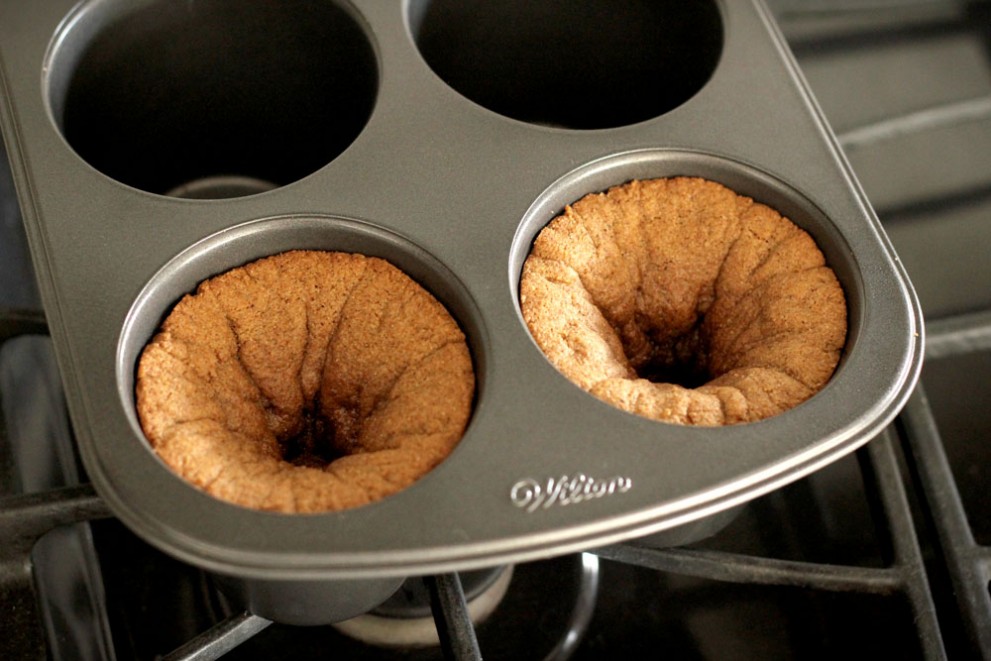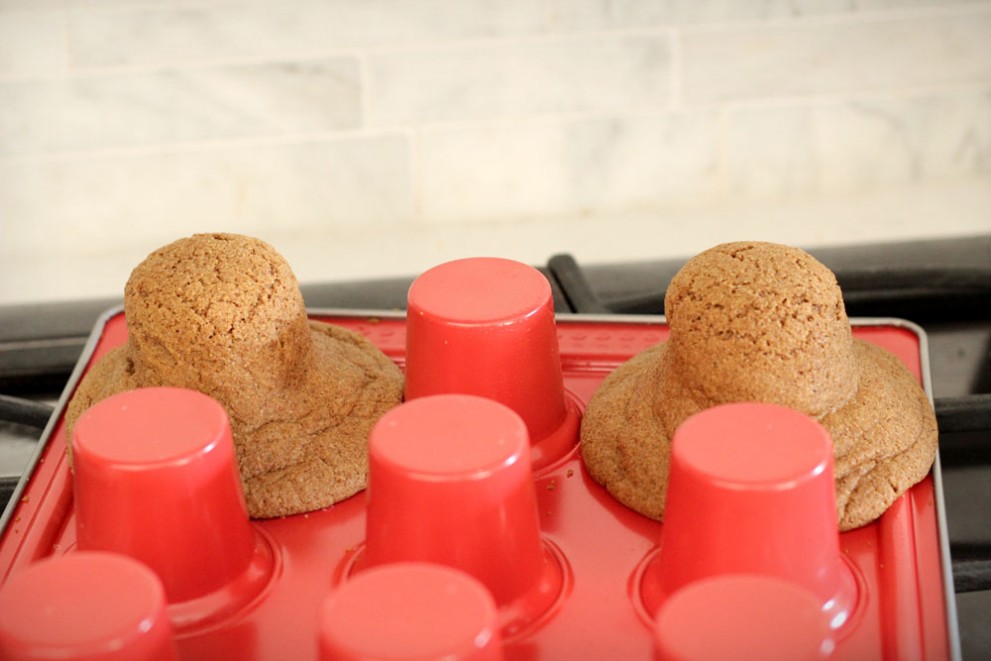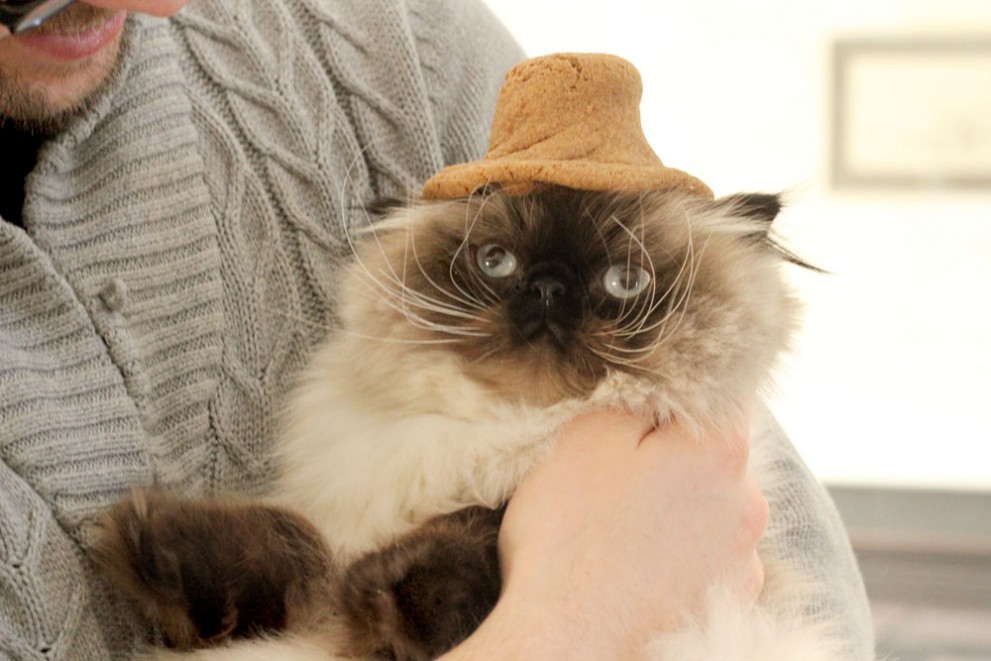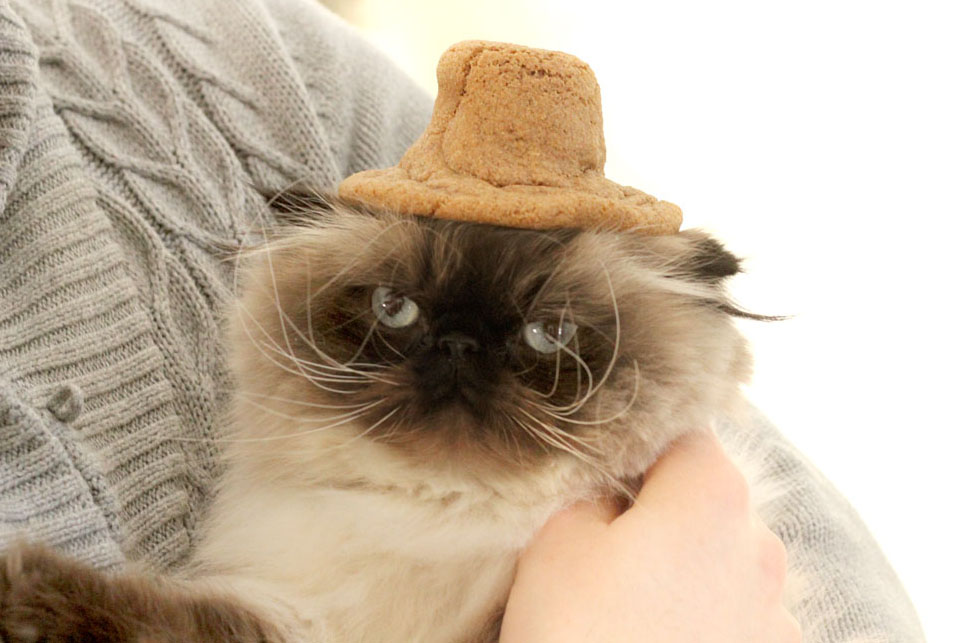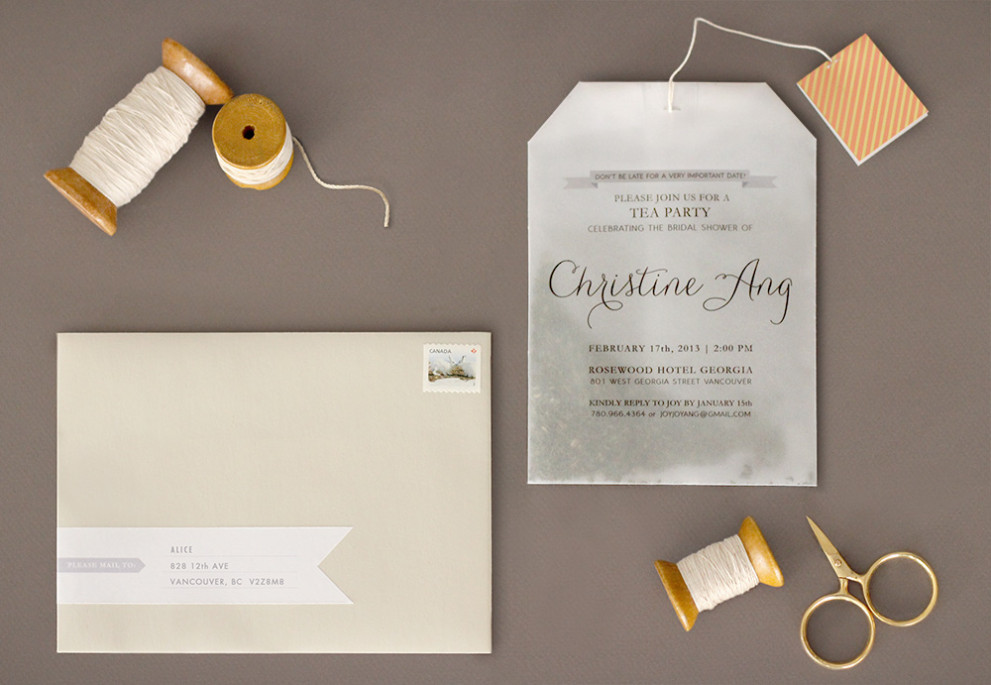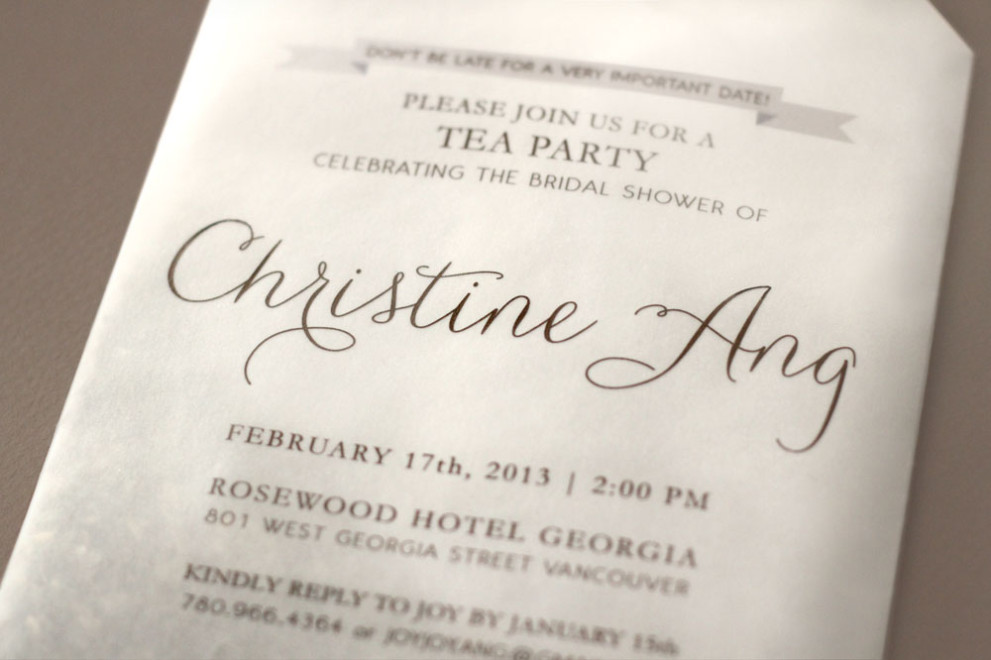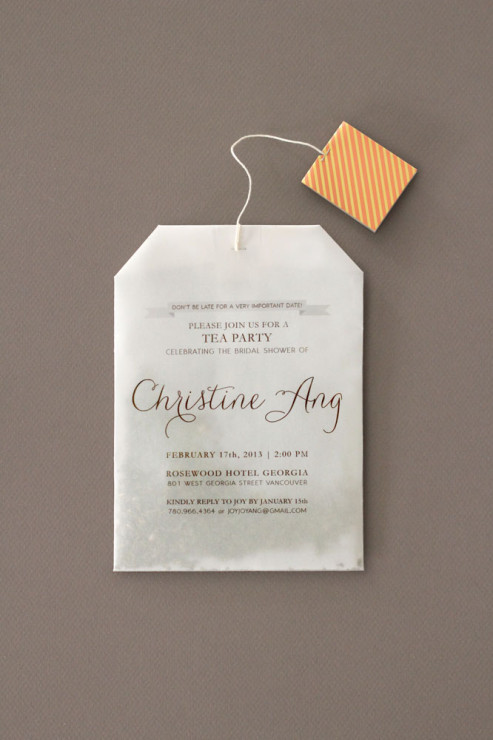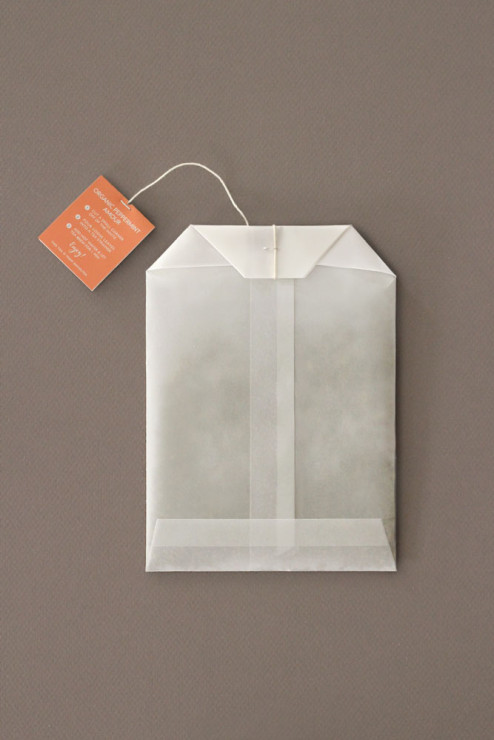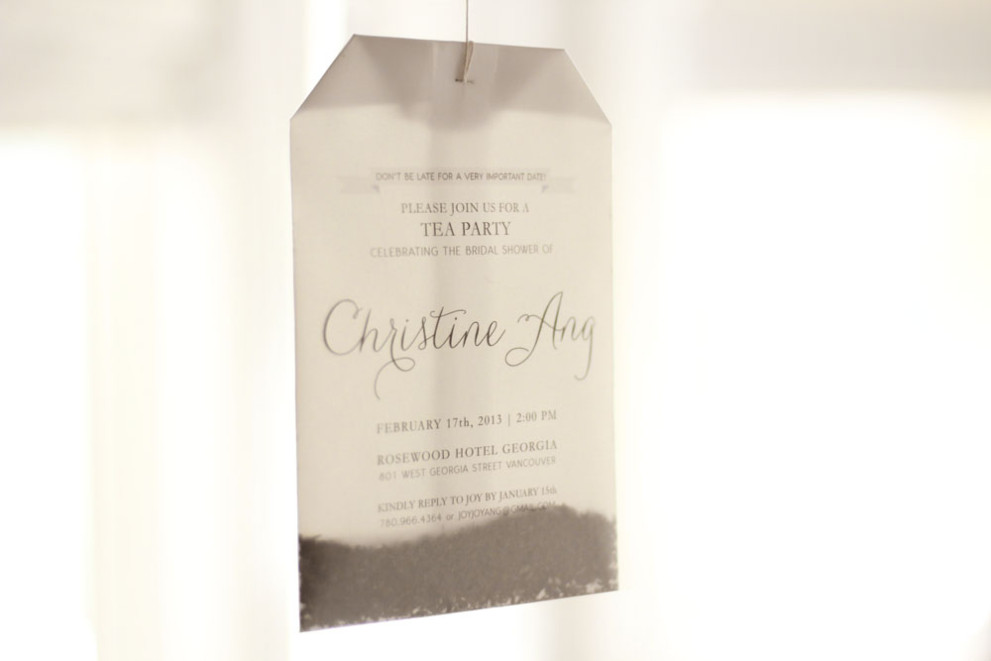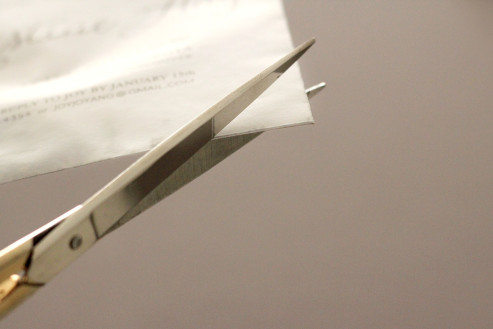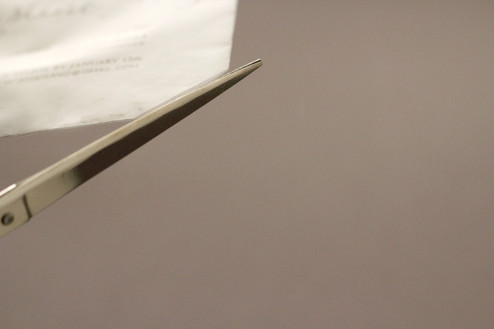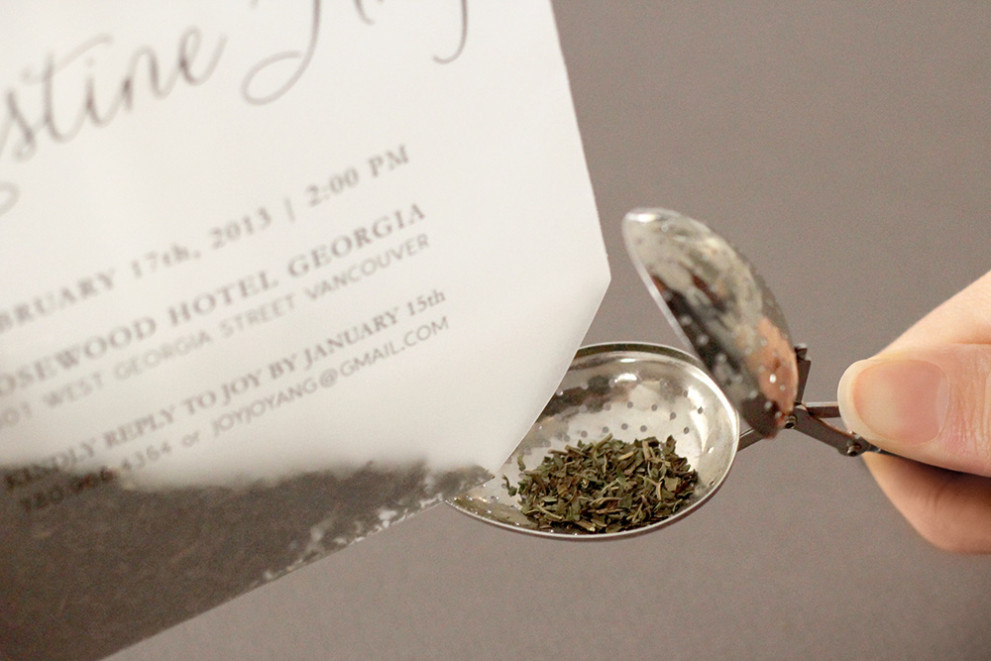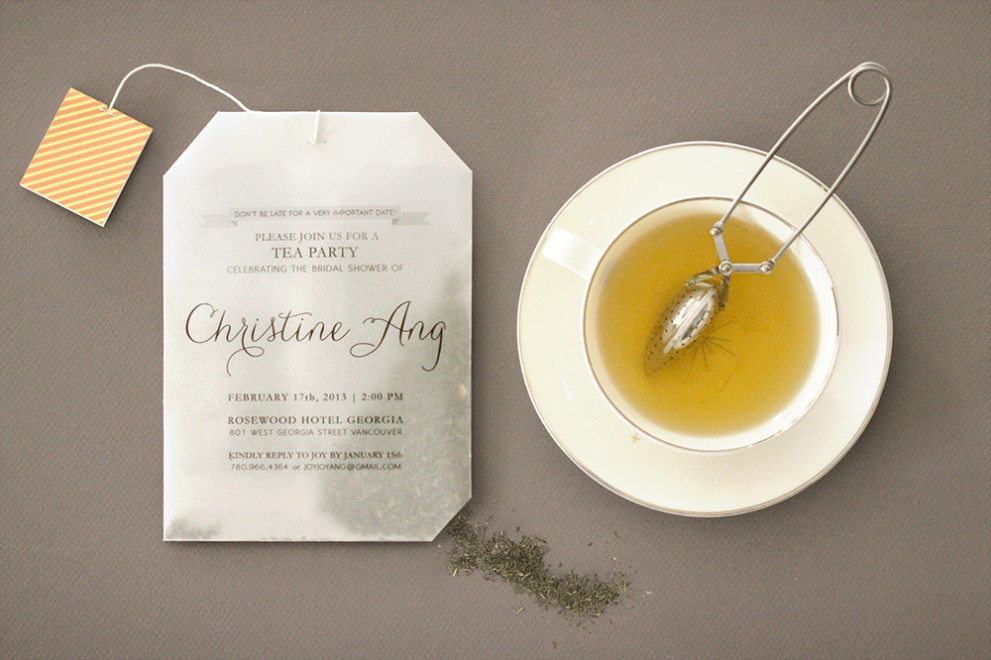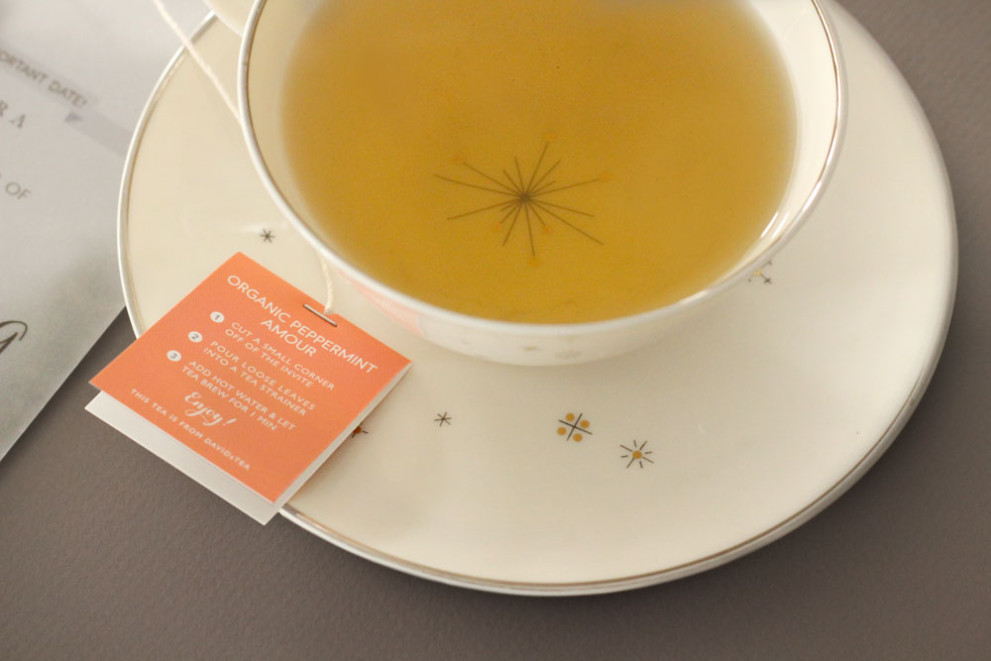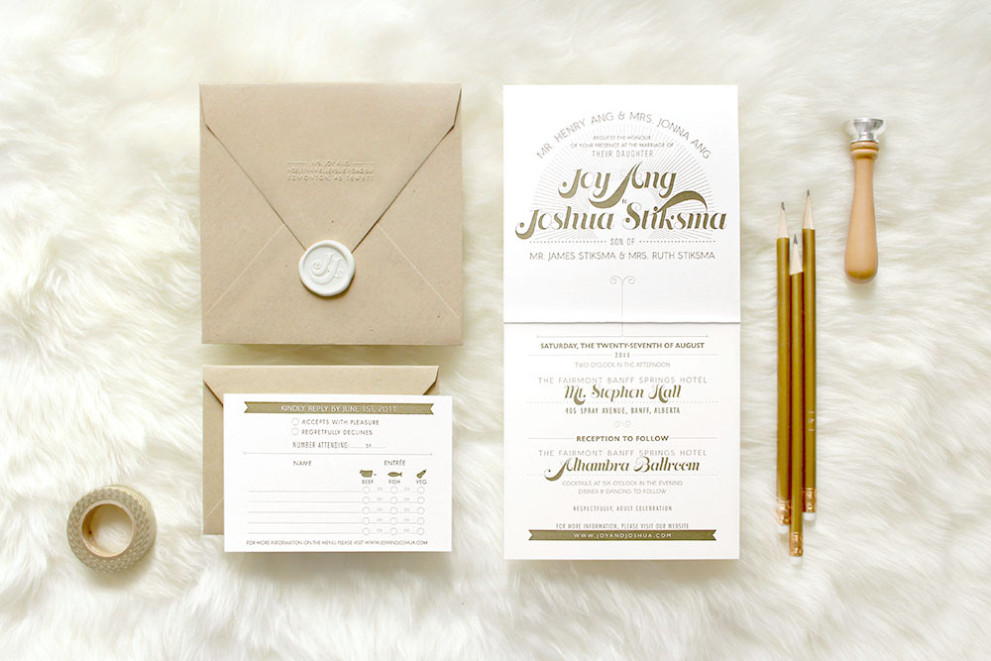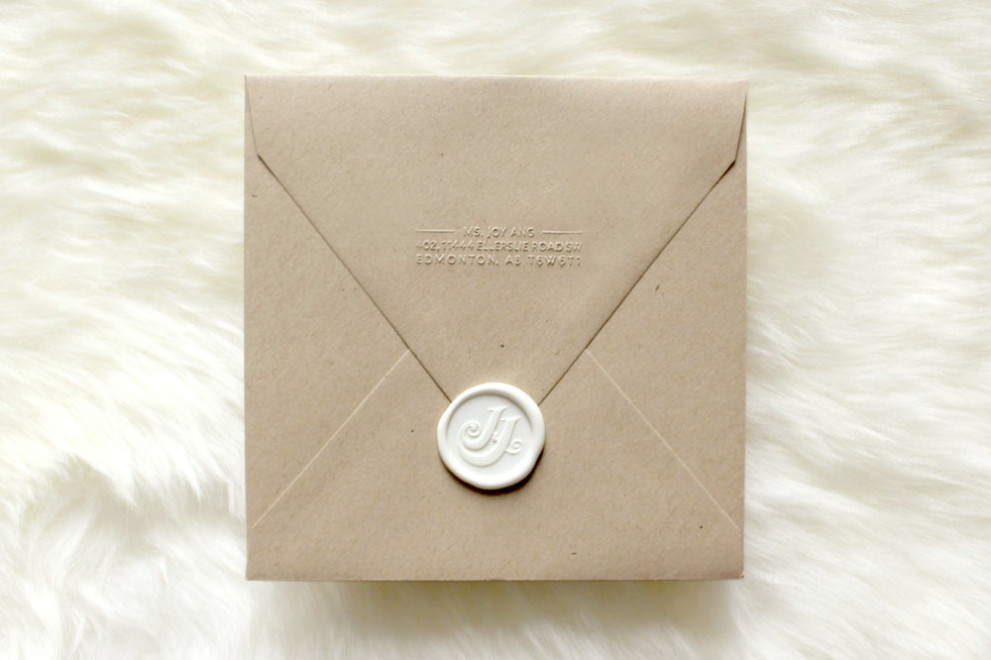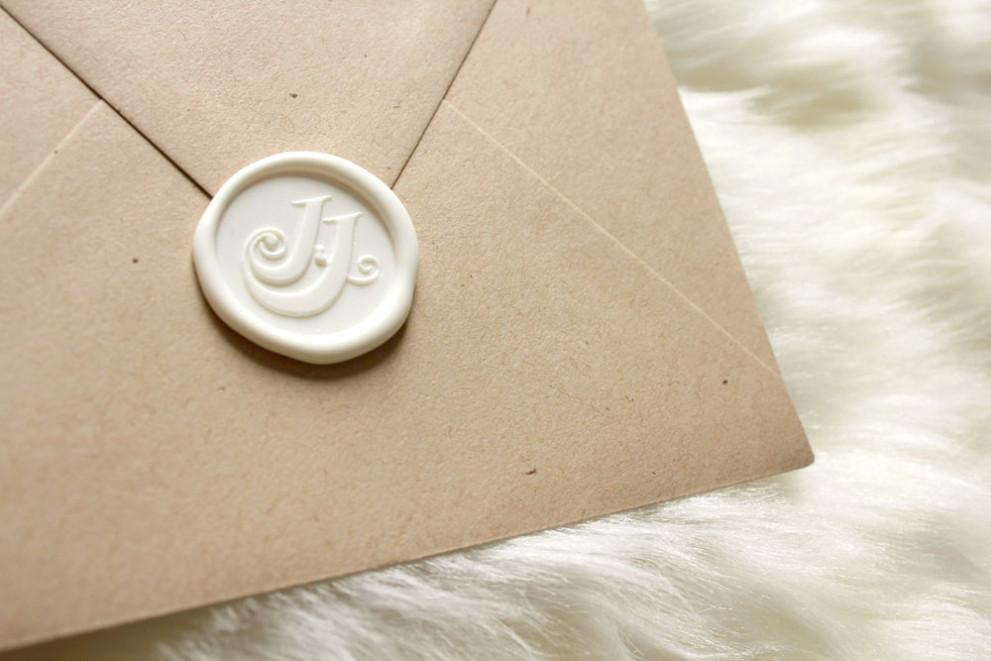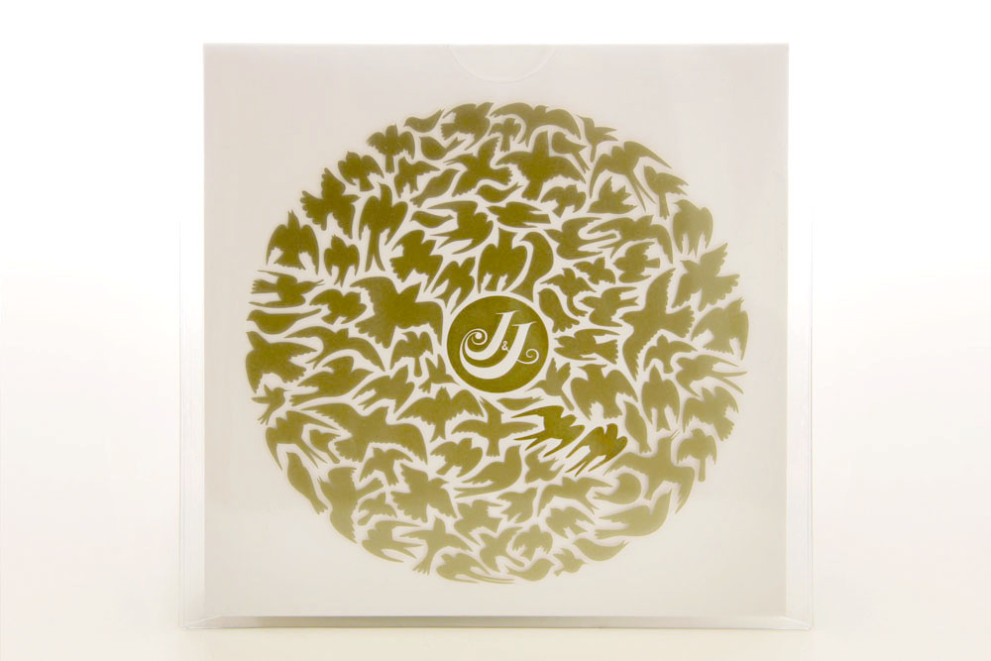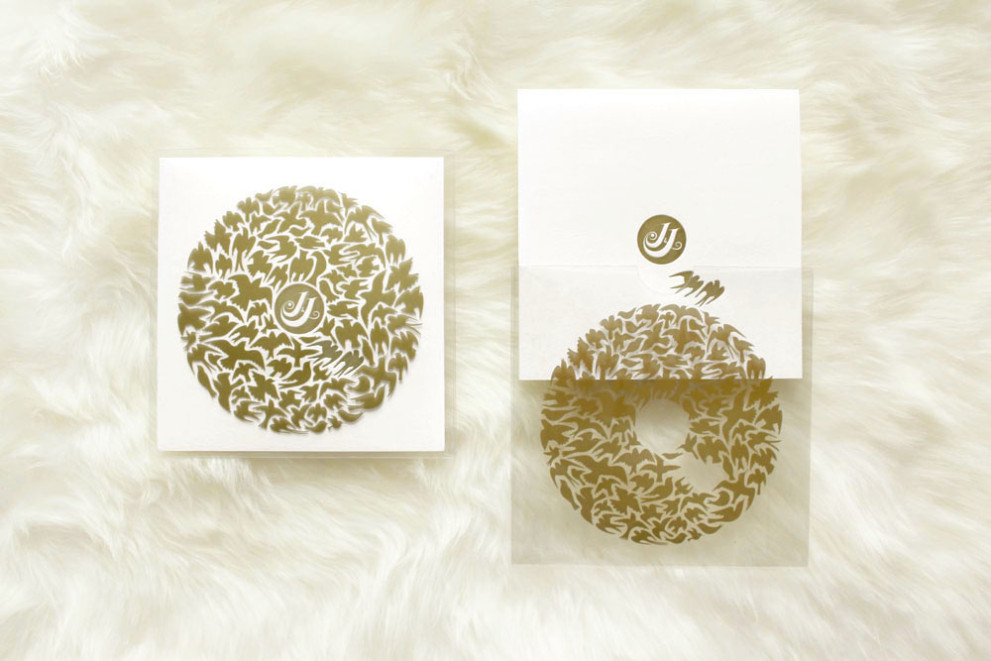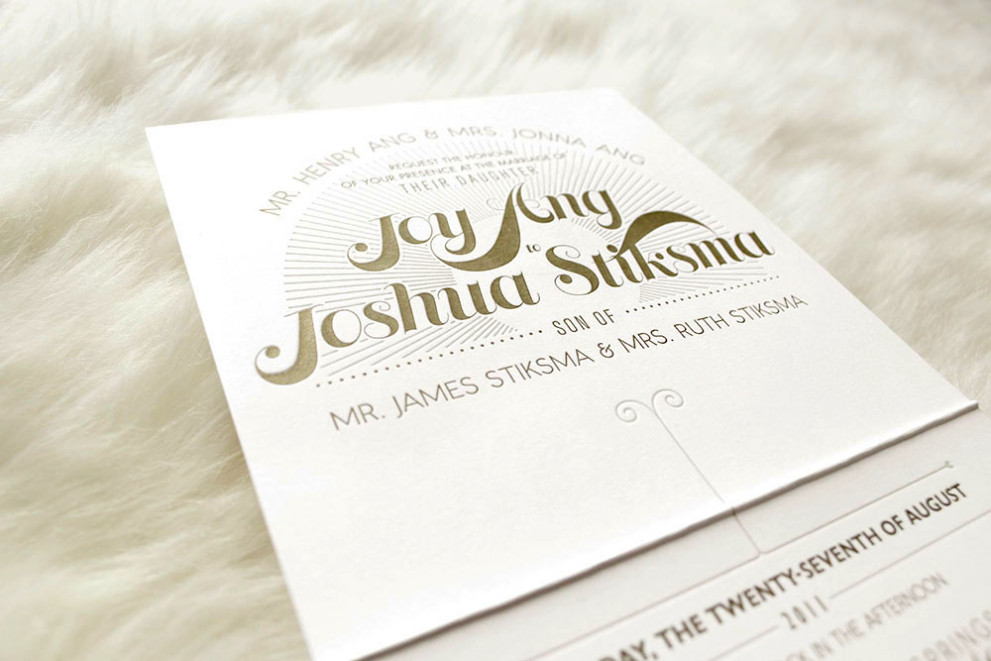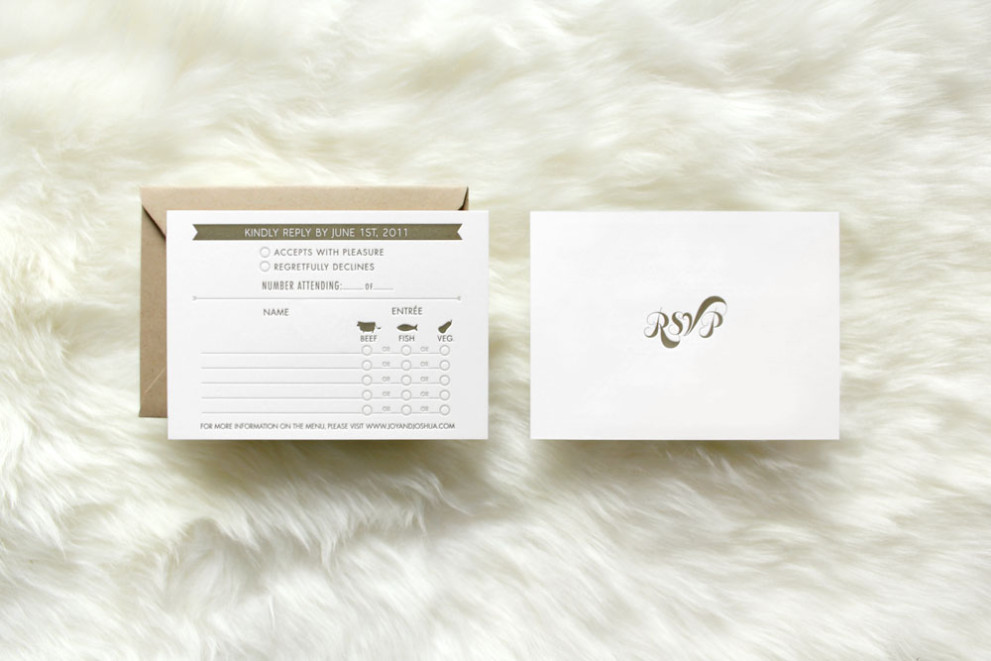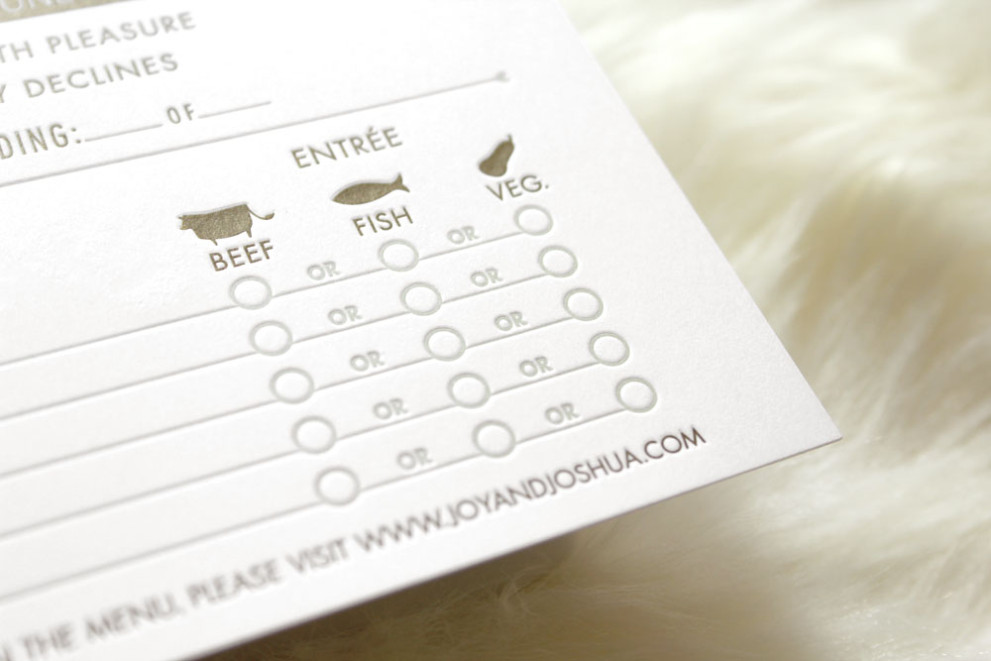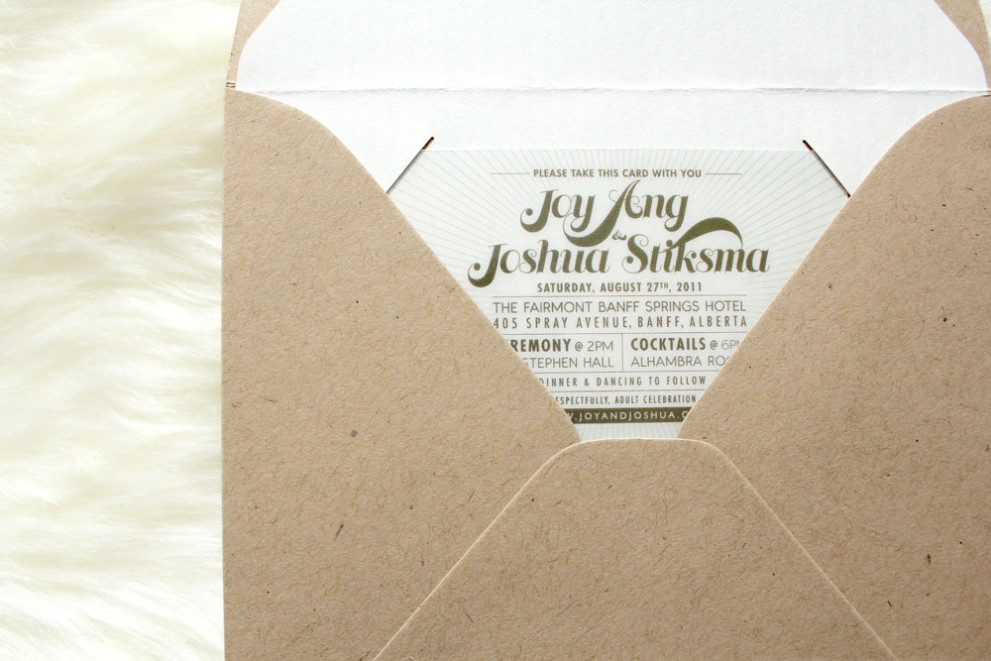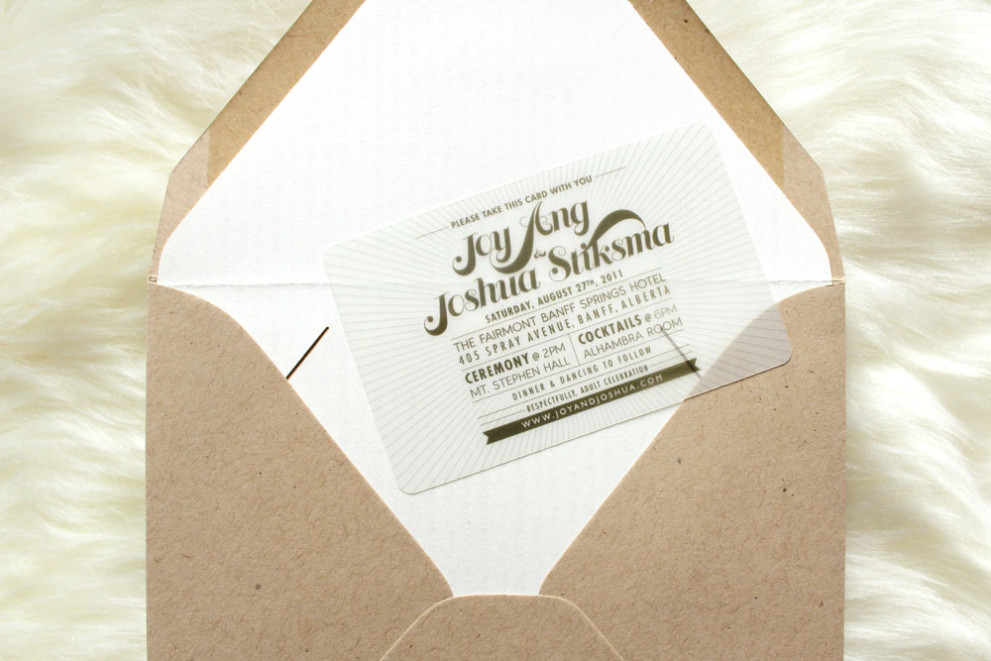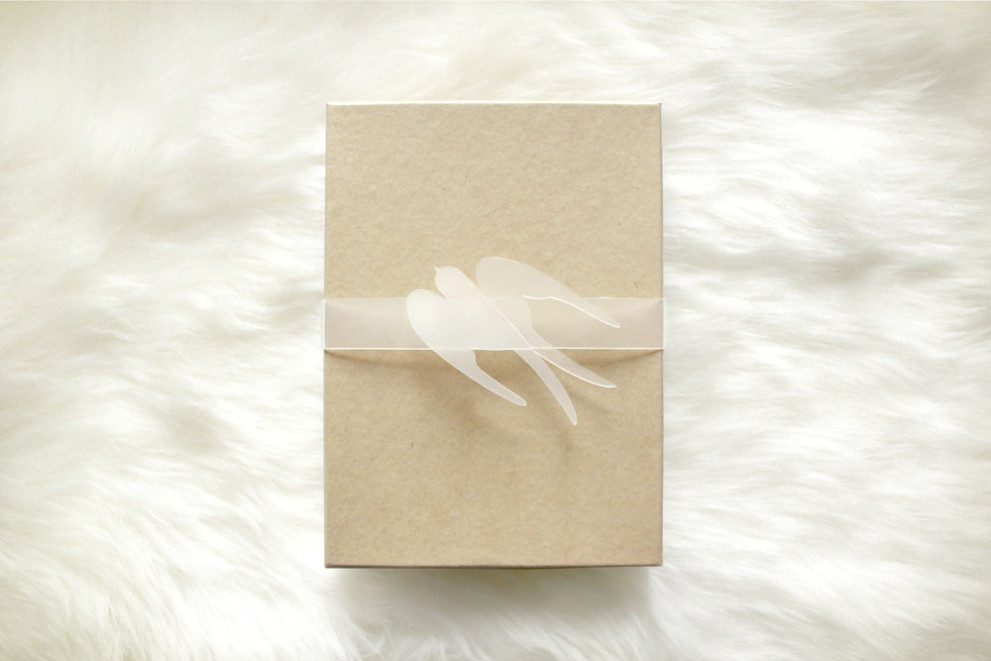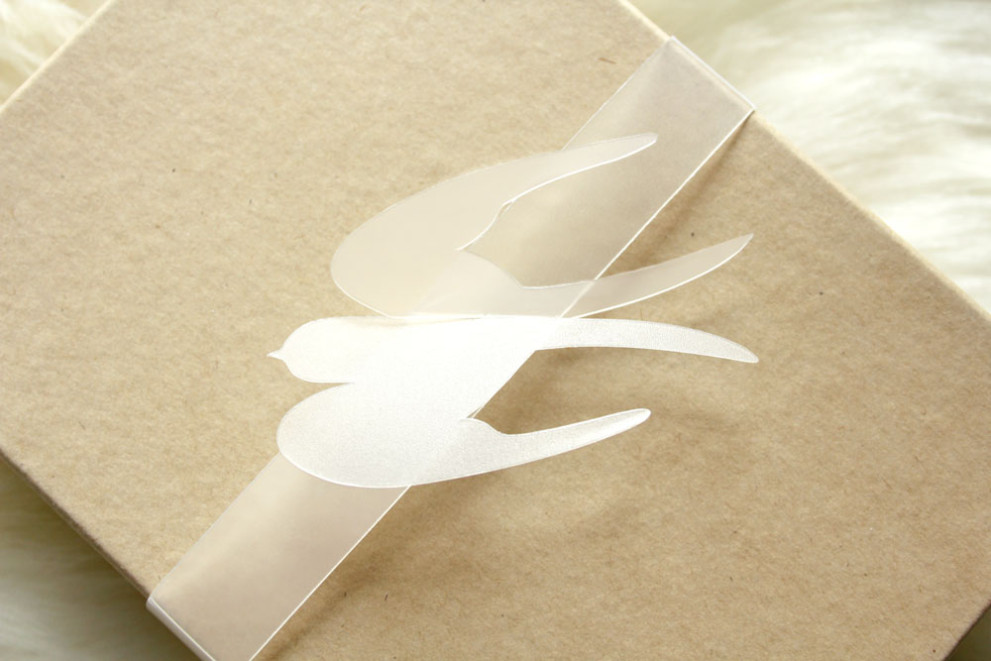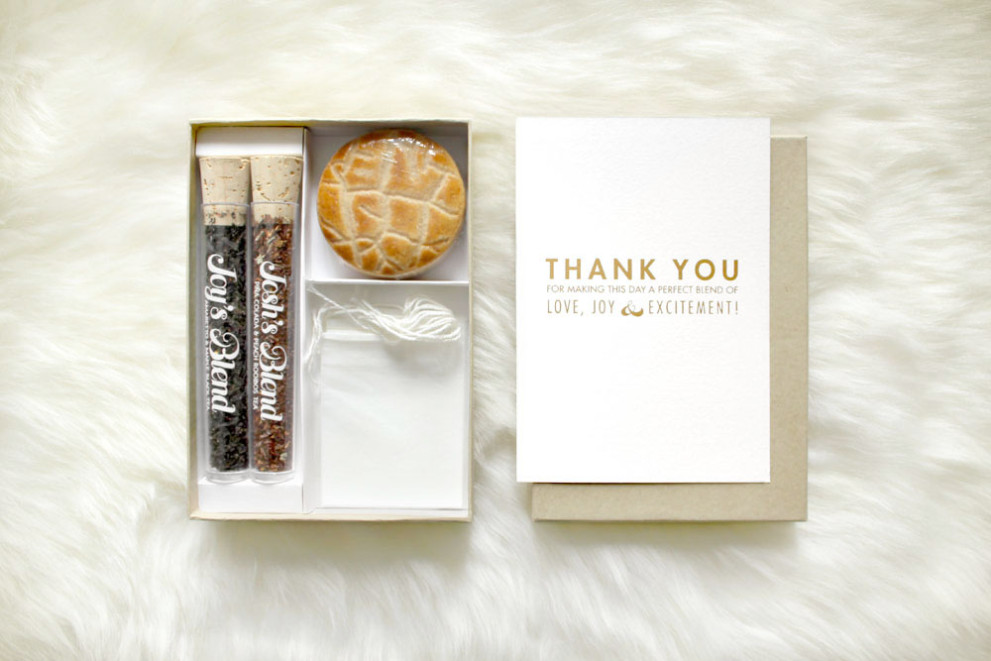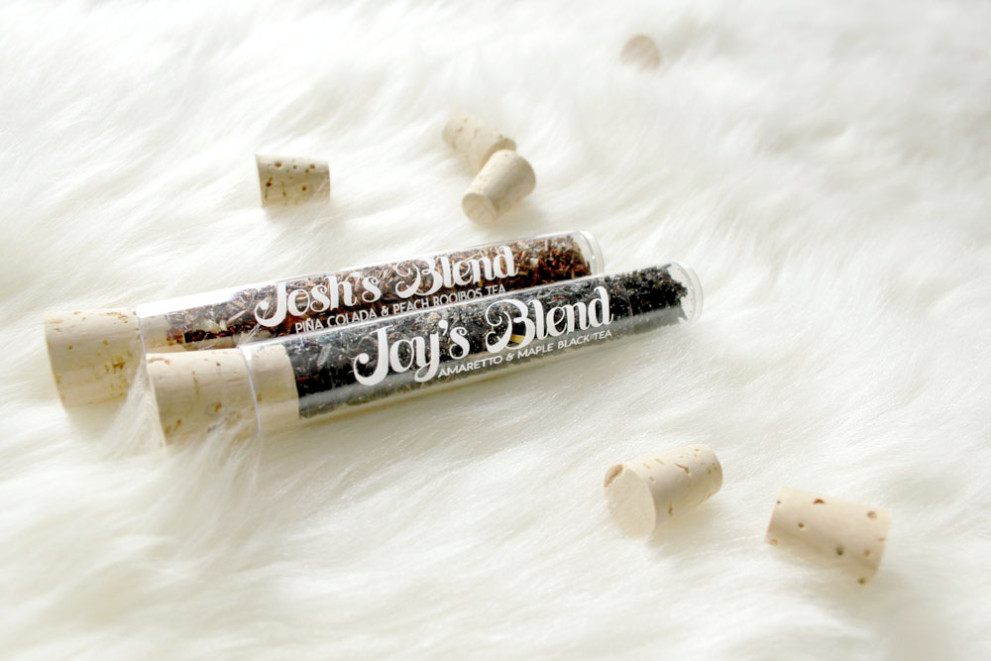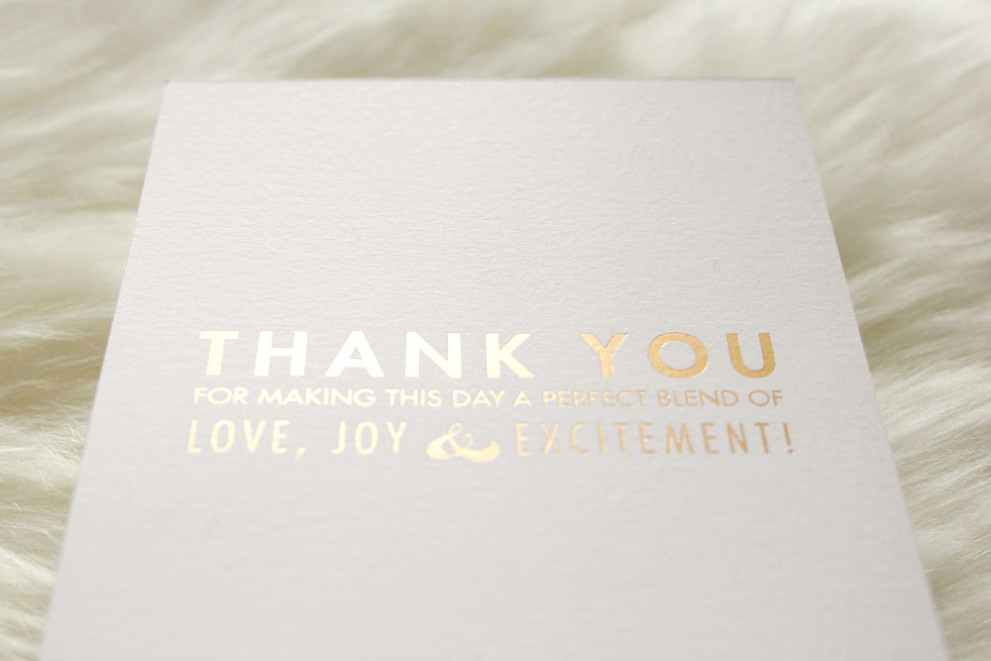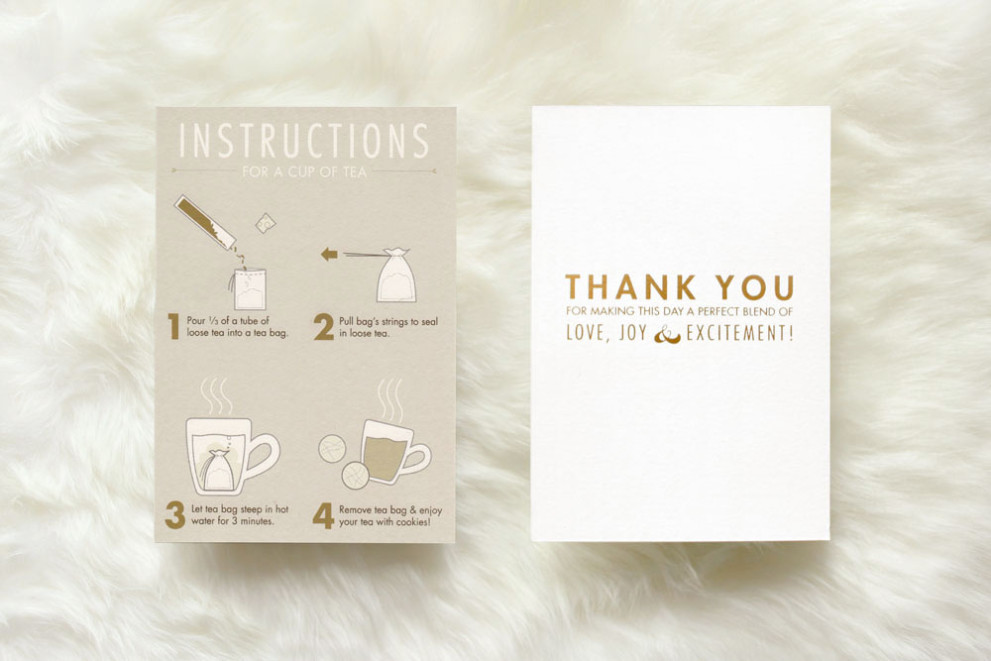Josh’s friend made a special request for some edible cookie cups like these ones by Dominique Ansel Bakery. Naively, I thought it’d be fun, so I decided to give it a try. I used a speculaas cookie recipe since they tend to hold their shape quite well throughout baking. Then I tried making the cups by putting dough on the inside of a large muffin pan and also by putting dough on the exterior of a smaller muffin pan. Sadly, both methods didn’t turn out the way I’d hoped.
I ended up with gross looking cookie butt holes and sad little hats. The hats could have been salvaged, I could have trimmed away the rims, but at this point I tasted the cookies and I didn’t even like their flavor. Being stubborn, I tried again the next day with regular chocolate chip cookie dough, but I refrigerated the dough in the muffin pan before placing it in the oven. That still didn’t turn out, and it was a sloppy mess.
If you want to see a much more successful try at making cookie cups, Wesley from Wicked Glitch cleverly used a silicone mold meant for ice (but is also safe for the oven) that allowed him to make really nice cookie shot glasses.
Even though I wasted a chunk of my Saturday and Sunday, there was one good thing that came of all this failed baking: getting these photos of our cat, Wheatley, wearing a sad little cookie hat.

